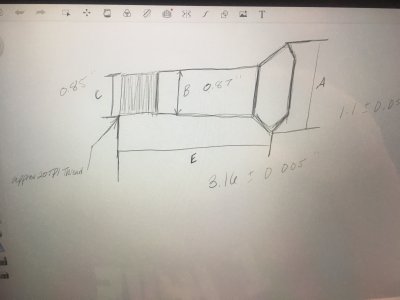It looks like the column (what I am calling the column is the whole upper end of the machine minus the table and table dove tail) is bolted to the base they fabricated with 4 bolts. I believe you should be able to alter the angle of the column to the base by loosening those 4 bolts then putting shim stock between the column and the fabricated base.
I believe you will want to make the dove tail ways of the column perpendicular to the table. So if you put a machinists square standing up on the table then attach a dial indicator to the head of the mill. You should adjust for minimal run-out up and down the machinists square when indexing the head up and down on the dovetail ways.
The procedure will be:
Check for run out,
loosen the 4 bolts,
add a minimal shim around 1 or 2 of the bolts,
tighten the 4 bolts back up,
repeat.
You will want to do this in both the X and Y directions. When you make a change in one direction you will also be making a minor change in the other direction so there is a lot of getting X dialed in, then getting Y dialed in, then having to adjust X again to compensate for the adjustment you made for Y.
Does my description make sense at all?
I was using a lock miter bit on my wood shaper and discovered the shaper spindle wasn't perpendicular to the table and I used this method to make it perpendicular. This took me the better part of a day but I had to put the shaper on its side, loosen the entire motor assembly from the table, add the shim, tighten it back up, then set the entire shaper back upright because the spindle would shift fractions between being on its side and upright. There was also a minor shift on my shaper when locking the spindle height in. This was a very minor shift but once I got the spindle perfectly perpendicular to the table when the spindle was locked the lock miters it cut in wood were a perfect fit.
Definitely test and see how perpendicular the head dove tail ways are to the table before making any changes or loosening those 4 bolts. If they are close to perpendicular I wouldn't change anything.
Once you have the dove tail ways on the head perpendicular to the table you will then want to attach the dial indicator to the end of the quill and see what the run-out is when indexing the quill up and down (I am assuming the quill moves independently from the head???). If the quill has a different run-out than the head... come back and we will figure something out on how to adjust it.

P.S. I think you will have a much nicer machine than a HF table mill!

